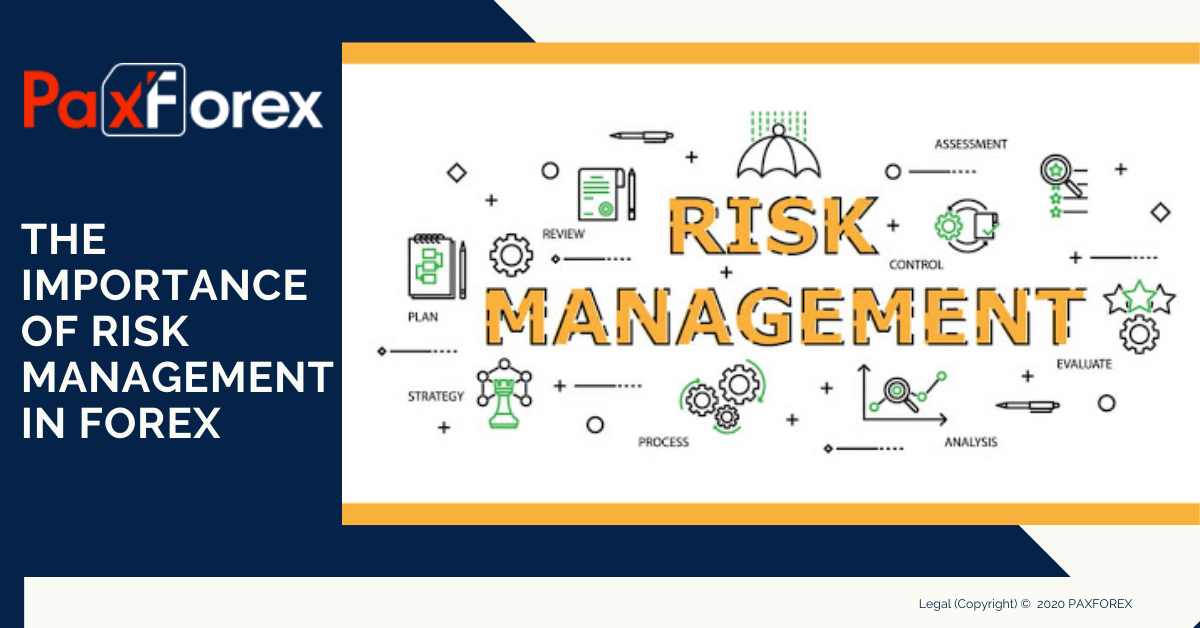Exploring the Importance of Risk Management for Effective Decision-Making Approaches
In the intricate world of business, Risk Management arises as an important variable in the decision-making process. The ability to determine possible dangers and chances, and strategize appropriately, can spell the difference in between success and failure.
Understanding the Principle of Risk Management
Risk Management, a vital component in decision-making, is usually misunderstood or oversimplified. Typically, it describes the recognition, examination, and prioritization of dangers to decrease, monitor, and control the possibility or effect of regrettable occasions. Nonetheless, it's not just concerning preventing negative end results, but also concerning identifying possible possibilities. Risk Management entails structured and regimented methods, using data and insightful assessments. It requires an extensive understanding of the company's context, purposes, and the potential risks that might thwart them. From monetary unpredictabilities, lawful responsibilities, strategic Management errors, to mishaps and natural calamities, it resolves numerous dangers. Significantly, efficient Risk Management is not stagnant; it's a constant, positive process that evolves with changing circumstances.
The Function of Risk Management in Decision-Making Processes
In the realm of strategic planning and company operations, Risk Management plays an indispensable role in decision-making procedures. Risk Management therefore becomes a crucial tool in decision-making, helping leaders to make informed selections based on a detailed understanding of the dangers involved. Risk Management serves as a vital part in the decision-making processes of any type of company.

How Risk Management Enhances Strategic Planning
In the context of tactical planning, Risk Management plays a pivotal role. Initiating with the identification of prospective threats, it better reaches the execution of Risk reduction measures. The function of Risk Management is vibrant however not static, as it demands consistent tracking and adjusting of strategies.
Identifying Possible Dangers

Applying Risk Reduction
Risk reduction methods can range from Risk evasion, Risk transfer, to take the chance of reduction. Each approach must be customized to the specific Risk, considering its possible effect and the company's Risk tolerance. Effective Risk mitigation needs a deep understanding of the Risk landscape and the possible influence of each Risk.
Surveillance and Adjusting Strategies
Though Risk mitigation is a vital action in tactical preparation, constant surveillance and adjustment of these methods is equally crucial. This ongoing process permits organizations to determine brand-new threats and reassess existing ones, guaranteeing the implemented methods continue to be efficient in the ever-changing business atmosphere. It also offers a possibility to evaluate the success of the Risk Management actions, allowing modifications to be made where needed, further enhancing calculated preparation. Efficient tracking and change require making use of analytics and crucial efficiency indicators (KPIs) to determine performance. These tools give valuable data-driven insights that can notify strategic decision-making. For that reason, tracking and changing Risk Management methods is a critical component for improving an organization's resilience and tactical planning.
Case Studies: Effective Risk Management and Decision-Making
In the globe of company and finance, successful Risk Management and decision-making commonly offer as the columns of flourishing business. These cases highlight the worth of sharp Risk Management in decision-making processes. i loved this These cases emphasize the essential duty of Risk Management in strategic decision-making.
Tools and Strategies for Reliable Risk Management
Browsing the detailed puzzle of Risk Management requires the appropriate set of devices and techniques. These tools, such as Risk signs up and heat maps, aid in recognizing and examining possible risks. Methods consist of both quantitative techniques, like level of sensitivity analysis, and qualitative techniques, such as SWOT analysis. These assistance in focusing on dangers based upon their possible impact and chance. Risk action strategies, a crucial component of Risk Management, entail accepting, preventing, moving, or mitigating risks. Tracking and regulating dangers, through routine audits and testimonials, guarantee that the methods remain reliable. With these devices and techniques, decision-makers can navigate the complex landscape of Risk Management, consequently facilitating notified and efficient decision-making.
Future Fads in Risk Management and Decision-Making Strategies
As we discover the vast landscape of Risk Management, it ends up being obvious that the strategies and devices utilized today will proceed to advance. Future patterns point in the direction of a raised dependence on innovation, with synthetic intelligence and machine understanding playing considerable roles. These technologies will certainly allow organizations to predict possible dangers with higher accuracy and make even more educated choices. Furthermore, there will certainly be an expanding focus on durability, not just in managing threats however also in recuperating from adverse scenarios. The concept of Risk culture, where every participant of an organization is aware and entailed in Risk Management, will certainly gain a lot more importance. These trends proclaim an even more proactive and inclusive strategy towards Risk Management pop over to these guys and decision-making.
Verdict

Risk Management thus becomes an essential device in decision-making, aiding leaders to make educated choices based on a comprehensive understanding of the threats entailed. Risk mitigation approaches can range from Risk evasion, Risk transfer, to take the chance of decrease (importance of risk management). Efficient Risk reduction requires a deep understanding of the Risk landscape and the prospective check it out impact of each Risk. Risk feedback methods, a key part of Risk Management, include accepting, staying clear of, transferring, or mitigating threats. The idea of Risk culture, where every member of a company is aware and entailed in Risk Management, will certainly get much more prestige
Comments on “Understanding the Significance of Risk Management in Contemporary Business Practices”